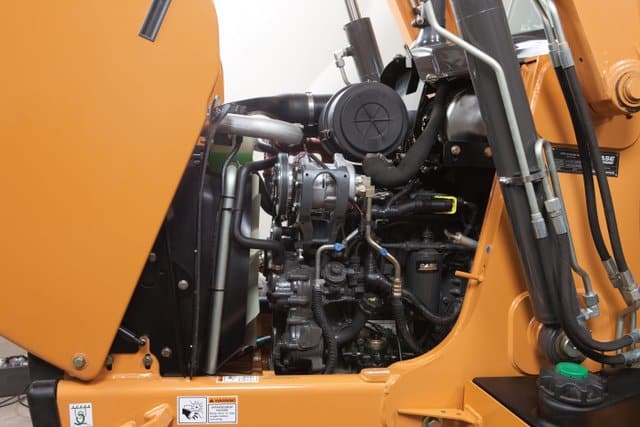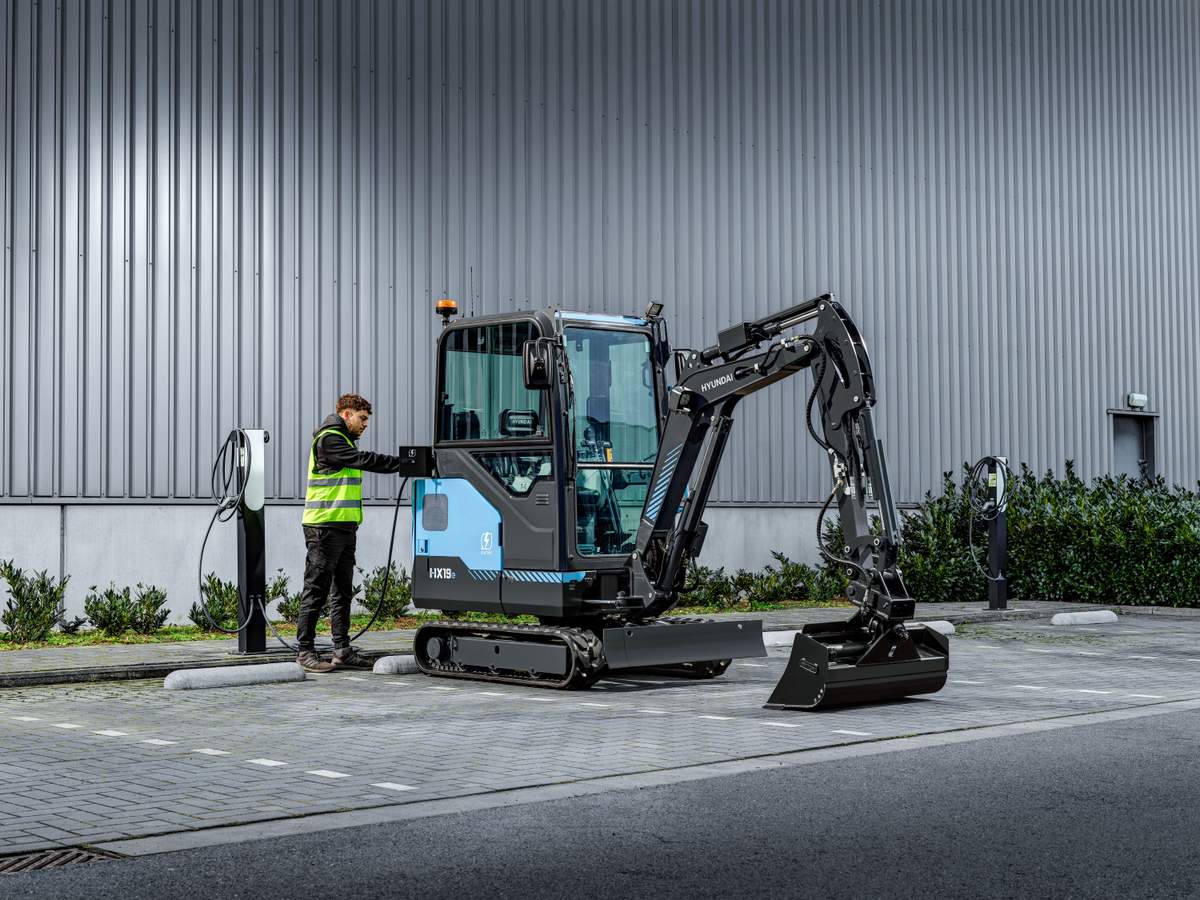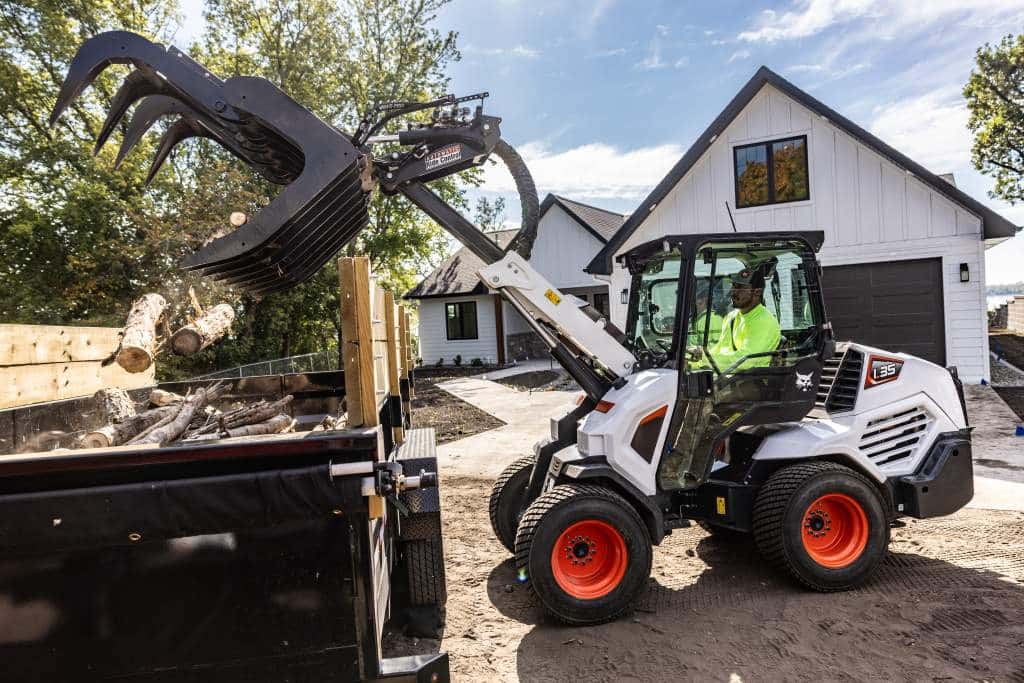Winter Wheel Loader Maintenance Tips
With their rugged design and overall versatility, compact wheel loaders (CWLs) can help contractors run a profitable business all year long. However, winter has a tendency to amplify a lot of the wear and tear that a machine typically goes through. Luckily, there are several things that business owners can do to ensure that their compact wheel loader runs smoothly and efficiently all winter long.
Winter Engine Maintenance
When it comes to a CWL’s engine in the colder months, it’s important for operators to pay close attention to fuel, lubrication and air filtration. Failure to do so could result in unnecessary downtime and costly repairs. Cold weather operation tends to accentuate any fuel quality issues, such as moisture or contaminants in the fuel. Fuel system maintenance includes: inspecting the fuel cap and making sure that it is functioning properly; checking for water or sediment in the fuel, the No. 1 cause of fuel injection system failures; and inspecting the fuel filter.
Be sure to check with your fuel supplier to make sure that you’re getting the correct cold weather fuel for your equipment. If the temperature falls below a certain point, fuel gelling can occur in the fuel tank and will cause power loss or, in some cases, prevent the engine from starting altogether.
In cold weather, it is important to top off the fuel tank at the end of the day’s work in order to prevent the formation of condensation in the tank. Prolonged storage of fuel can lead to the accumulation of impurities and condensation in the fuel. Engine trouble can often be traced to the presence of water in the fuel. Remember to drain water from the fuel pre-filter and tank after each use. When refueling, be sure to clear any snow or ice away from the fuel cap area to prevent moisture from entering the fuel tank. Always follow the CWL manufacturer’s recommendations for all lubricant and fluid change intervals. Engine oils protect the machine’s vital engine components and help remove impurities.
If you come away with one point from this article, it should be this — in cold weather, it is absolutely critical that the operator warm up the machine prior to operation. Be sure to always follow the complete manufacturer-recommended warm-up procedure before loading or any other high-rpm application during the winter months. This is essential for both the machine’s engine and hydraulic system.
Finally, your CWL’s air filter is the engine’s first line of defense against contaminants — even more so in the winter. Keeping it clean will lead to less fuel consumption, better engine performance and less unnecessary maintenance. Be sure to inspect the air filtration system for any openings that could draw in unfiltered air and always use the manufacturer-recommended replacement filter.
Hydraulic Systems
Similar to engine oils, cold temperatures can wreak havoc on hydraulic systems if the proper steps aren’t taken to warm up a machine in cold weather. Hydraulic oil becomes thicker and more viscous in cold temperatures which results in higher pressure throughout the system. Combine that with the hydraulic hoses becoming stiffer and more brittle in colder temperatures, and you’ve got a recipe for component failure.
Properly warming up the hydraulic system will reduce hose and component failure, so be sure to check the operator’s manual and follow the recommended warm-up procedure and ask your provider for the proper cold-weather hydraulic oil. Cold weather hydraulic oil is specifically designed for high-pressure applications and to reach safe operating temperature more quickly during warm-up. The wrong hydraulic oil will take much longer to reach operating temperature and will create added pressure on the hoses and other components.
Keep in mind, if a machine has been left idling in cold weather, the engine will stay warm, but the hydraulic, brake and axle oils/fluids will not. If that is the case, the operator must go through the complete warm-up procedure outlined in their manufacturer’s operator’s manual before putting the machine back to work.
Cooling Systems

It is important to know that coolant does a lot more than just keep the cooling system from freezing — it prevents corrosion, lubricates shaft seals, increases the boiling point temperature and inhibits cavitation, which is a damaging condition that erodes components. Because of this, coolants should always be flushed and replaced at OEM-specified intervals.
Cooling systems should be inspected regularly in the winter months, including the coolant reservoir and hoses. Contractors should verify that coolant in the radiator is always filled to the cap and also inspect the cap for proper relief pressure.
Equipment owners should also check the coolant concentration, which should be maintained at 50 percent. Pay attention to whether the system uses conventional or Organic Acid Technology (OAT) coolants and be sure to never mix the two. Note that most Tier 4 systems use OAT coolants, so if you’re managing a mixed fleet with both new and aged equipment, it is important to be mindful not to mix coolants when topping off for the season.
Maximizing Your Batteries for Winter
Check that the battery electrolyte is up to the full indicator ring and over the top of the plates. Plates that have dried will never perform satisfactorily again. It’s also good practice to check the rated current output of the alternator and load test current output of the battery.
Operators should clean any dirt and debris from the top of the battery, as it can create a conductive path and slowly drain energy. If there’s any corrosion around the posts, clean them using a little baking soda and a terminal brush. The main point here is that you want to ensure the terminal posts and cables have clean and secure contact, ensuring the best and most consistent current supply from the batteries to the machine.
Tire Maintenance
It may go without saying, but tires require daily care and maintenance during winter. Because of this, it’s important for equipment operators to take steps to reduce tire wear while operating a CWL. For starters, always keep tires properly inflated to the manufacturer-recommended PSI. It’s important to keep a close eye on tire pressure in the winter because cold weather naturally reduces air pressure. As part of your daily walk-around inspection, look for even wear, remove any ice or debris and keep an eye out for any cracking and chunking. If the center of the tire is worn smooth, then it’s time for replacement.
Andrew Dargatz is the product marketing manager for Case Construction Equipment.




